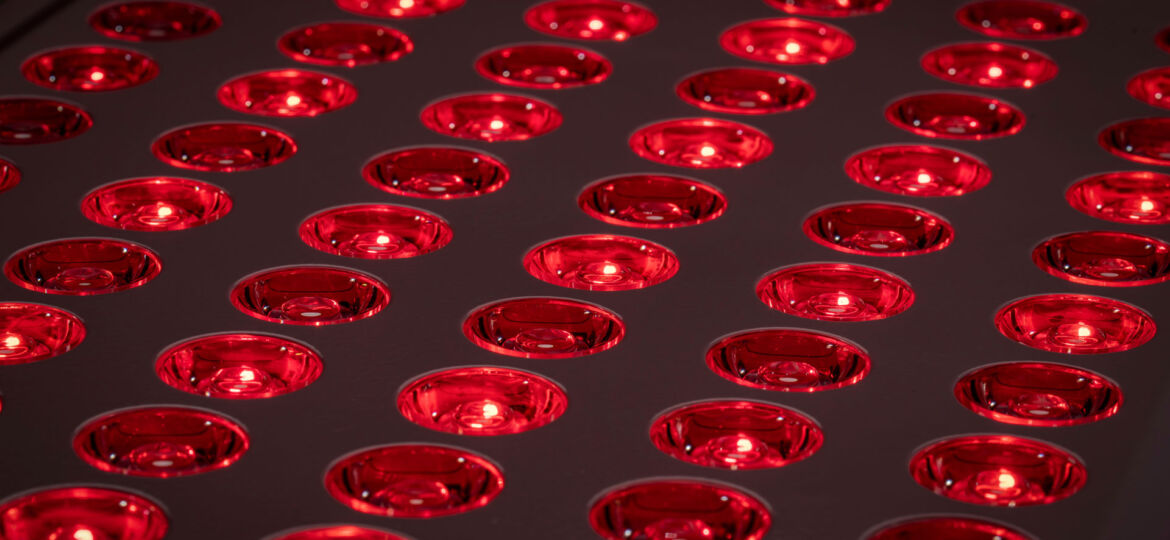
Pain and Inflammation Improved with Infrared Therapy
An international study featuring researchers from Germany, Slovakia, and South Africa has concluded that infrared (IR) therapy is “recognized as an effective, well–tolerated, and nonpharmacological option for improving health.” In this research review, featured in a 2023 edition of the journal Photodermatology, Photoimmunology, and Photomedicine, the six scientists examined a wide variety of studies conducted with IR therapies as a tool for managing pain and improving musculoskeletal conditions. While the study made it clear that IR therapy is effective, the exact mechanism producing the benefits is still under consideration.
Not All Infrared is the Same
The infrared part of the light spectrum is split into three sections, IR-A through IR-C. The IR-A waves are the shortest waves and therefore penetrate the deepest into the tissues, but long-term exposure to IR-A is also associated with aging effects on the skin. Therefore, this study primarily focused on the effect of IR-C therapies. Although IR-C waves only penetrate into the outer layer of the skin, they still have apparent beneficial effects. Part of the researchers’ focus was to suggests reasons for these benefits.
Conditions Treated with Infrared Therapy
The study found benefits from IR therapy for the following conditions:
- Muscle soreness
- Increasing exercise capacity
- Improved exercise recovery
- Knee osteoarthritis
- Diabetic neuropathy
- Fibromyalgia
- Chronic neck pain
- Reynaud’s syndrome
Treatment regimens varied, since many different studies were reviewed, but all of these situations were improved with the administration of IR therapy.
Theorized Mechanisms of Infrared Therapy
The researchers are among the many scientists who postulate the following reasons for benefits from IR therapy.
- IR therapy has an anti-inflammatory effect. IR is known to stimulate the body to produce enzymes and other molecules that reduce inflammation on the one hand, and to inhibit the production of molecules that increase inflammation on the other.
- IR therapy has an anti-oxidative effect. Oxidative stress, caused by molecules that damage tissues by breaking them apart, leads to inflammation. On the positive side, for example, the body uses oxidative molecules to destroy invasive organisms and pathogens. On the negative side, oxidation can also lead to damaged tissues. Therefore, the body controls the amount of oxidative molecules and IR therapy may assist this process.
- IR therapy improves the availability of nitric oxide in the tissues. This leads to relaxation of endothelial tissues in the cardiovascular system, improving blood flow, and that promotes healing. Nitric oxide may also reduce scarring, inhibit inflammation, and promote muscle regeneration.
After postulating these three potential mechanisms for the effectiveness of IR therapies, all or some of which may be involved in the beneficial effects, the researchers came to the following conclusions. First,
Although pharmacological therapy is important to enhance patient recovery, drug therapy still has limitations. For instance, NSAIDs may cause significant stomach ulcers and opioids have long been recognized for their addictive side effects. According to a statement of the Drug Enforcement Administration (2018), 6.2 million people abuse prescription drugs. Also of note is that conventional therapies often treat the symptoms of the disease without effectively addressing the underlying causes. A reduced reliance on conventional analgesic medicines can help limit the adverse effects.
And secondly,
Infrared therapy can offer the benefits of reducing the discomfort caused by pain and inflammation, while promoting the body’s natural healing mechanisms.
The Brain Health Clinic offers two different forms of IR therapy, using the BioMat and photonic stimulation therapy. To find out more about how these forms of IR therapy could benefit you, contact the Brain Health Clinic for a free consultation.
